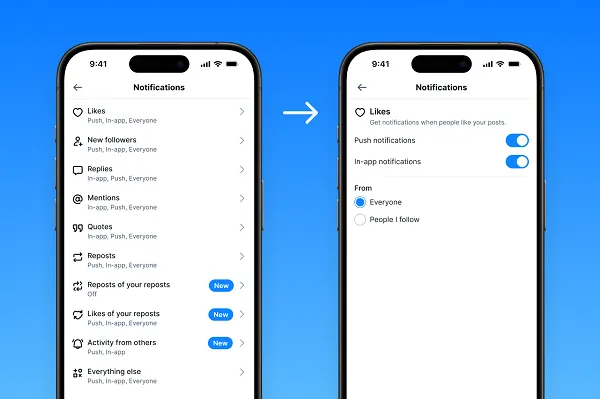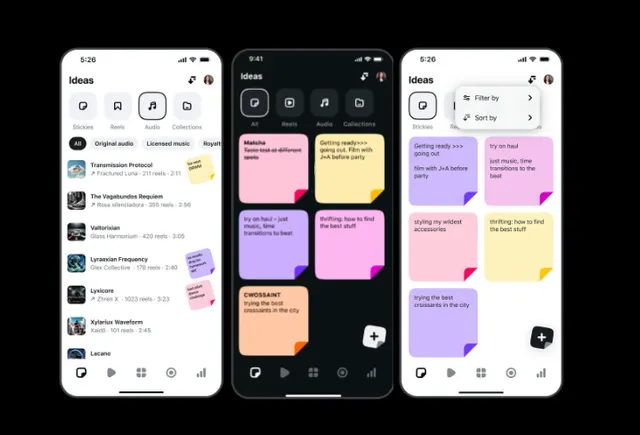Postpartum Depression: Learn the Warning Signs, Plus 7 Ways to Treat It
The postpartum period can be an intense and challenging time for many moms. In addition to the fatigue from sleepless nights and caring for a newborn, many women develop postpartum depression (PPD). It’s important to know PPD is common,...

The postpartum period can be an intense and challenging time for many moms. In addition to the fatigue from sleepless nights and caring for a newborn, many women develop postpartum depression (PPD). It’s important to know PPD is common, sometimes disabling, and that it is treatable.
Let’s explore what PPD looks like, how common it is and options on how to treat it.
As PPD is one of the most common complications of childbirth, it’s absolutely vital to address this issue as postpartum depression not only impacts mothers, but also impacts infants behavioral, emotional and cognitive development.
PPD affects around 10-20% of women within the first year after giving birth.
PPD affects around 10-20% of women within the first year after birth and 25% beyond the first year. These estimates vary among cultures and it is thought to be an underestimate due to differences in screening measures, cultural norms, social support and mental health sigma.
Some estimations have shown that postpartum depression is closer to 50% of postpartum women.
There is an abrupt and dramatic change in hormone levels right before and after childbirth, which plays a role in the vulnerable window where mood disorders can develop.
What Is Postpartum Depression?
Postpartum depression is defined in the Diagnostic and Statistical Manual of Mental Disorders, fifth edition (DSM-5), as a major depressive episode “with peripartum onset if the onset of mood and symptoms occurs during pregnancy or within four weeks following delivery”.
In clinical practice and research, PPD is defined with a broader time frame, including three months to twelve months after childbirth. Even if depressive symptoms occur outside the defined time-frame or don’t meet the full criteria, it’s still important to seek out treatment options to support the mental health of both mom and baby.
It’s helpful to know there is a difference between postpartum depression and postpartum “baby blues” and they are not interchangeable terms, although they have some similar symptoms. The key differences are the severity of symptoms and how long the symptoms last.
New Moms: 7 Tips for a Healthy Fourth Trimester / Postpartum Phase
What Are Postpartum “Blues”?
Postpartum “blues” are defined as low mood and mild depressive symptoms that are transient and resolve on their own.
Symptoms include exhaustion, crying, irritability, anxiety, decreased sleep, decreased concentration and changes in mood. These symptoms usually begin two to three days after childbirth and resolve by themselves within two weeks.
These Are the Warning Signs of Postpartum Depression:
If you’re experiencing symptoms beyond the first couple of weeks, you may be experiencing PPD. Here are the signs of postpartum depression:
Sleep disturbance (beyond what’s associated with the care of a new baby) Anxiety Irritability Feeling overwhelmed Depressed mood Obsessional preoccupation with the baby’s health and feeding Suicidal thoughtsRisk Factors Associated With Postpartum Depression:
Here are the risk factors of PPD:
History of depression and anxiety (especially having active depression symptoms during pregnancy) Lack of coping skills Lack of social support High stress levels Maternal-infant separation Lower prolactin levels (the hormone that produces breast milk) Low omega-3 and vitamin D levels7 Tips to Help Treat Postpartum Depression:
Treatment for postpartum depression depends on how severe the symptoms are and how much it’s impacting daily life.
1. Seek Treatment Early
If you’re experiencing anxiety and depression during pregnancy, it’s important to communicate that with your primary health care provider as it increases the risk of postpartum depression.
Joining a peer support group and incorporating psychological strategies is recommended for mild depression. Seeing a psychologist is recommended for moderate depression.
2. Create a Social Support System
If you’re not near family or friends that you can lean on, reach out to local mom groups. It’s important to have open communication and feel supported and validated by people who understand what you’re going through.
3. Develop Coping Strategies and Stress Management Skills
Some examples are therapy, meditation, spending time in nature, journaling, support groups and exercise. If you are ready, you can return to your yoga practice. Here are postpartum yoga poses you can add to your daily routine.
Looking for ways to cope? Read: 8 Ways to Boost Your Mental Health Today
4. Medication May or May Not Be Right for You
SSRIs, which are a class of antidepressants, are first-line therapy for severe depression and for those who don’t respond to non-drug therapies. Most SSRIs pass into breast milk at a dose less than 10% of what the mother would be consuming and are generally considered to be compatible with breastfeeding infants that are healthy and full-term.
5. Incorporate a Mediterranean-Style Diet
Focus on eating a Mediterranean-style diet. This should consist of lots of vegetables, fruits, whole grains, lean protein, and healthy fats such as avocados, nuts, seeds, and olive oil.
Research has shown eating a Mediterranean-style diet during pregnancy improves mental health, which is key as depression during pregnancy is the biggest risk factor for developing depression during the postpartum period.
Want to learn more about how to adopt a Mediterranean-style way of eating? Read: Why Health Experts Ranked the Mediterranean Diet #1 in the World
6. Find Breastfeeding Support
A study found women with postpartum depression were less likely to breastfeed and therefore had lower prolactin levels (which is the hormone that increases milk supply).
This highlights the importance of ideal latching, working with a lactation consultant, maintaining a milk supply through adequate calories and hydration, as well as reducing the stress around breastfeeding.
7. Make Sure You’re Getting Key Nutrients
Nutrients such as Omega-3 fatty acids and vitamin D are associated with low mood. It’s also key to stay on a prenatal vitamin until you’re done breastfeeding, as your body prioritizes nutrients to breastmilk. Reach out to a naturopathic doctor to get a safe and customized supplement protocol.
Caring for Mother Postpartum
Childbirth is often the biggest mental, emotional and physical change a woman goes through in their life. If you’re experiencing some or all of the symptoms of postpartum depression, reach out to your trusted healthcare practitioner.
There is no shame in asking for help and don’t be scared to speak up about this topic. It’s under-diagnosed and under-discussed. The likelihood someone in your circle has gone through it is pretty high. You don’t need to struggle through this challenging time alone.
5 Simple Yogic Principles to Help You Recover from Postpartum Depression
The better a mothers’ mental health is, the better able they can care for their newborn and loved ones. Supporting a mother’s mental health creates a healthier and happier society as a whole.
One day a time mama, you got this!
All included information is not intended to treat or diagnose. The views expressed are those of the author and should be attributed solely to the author. For medical questions, please consult your healthcare provider.

 Kass
Kass 
































